Faroe Islands company expands production, aims for global projects
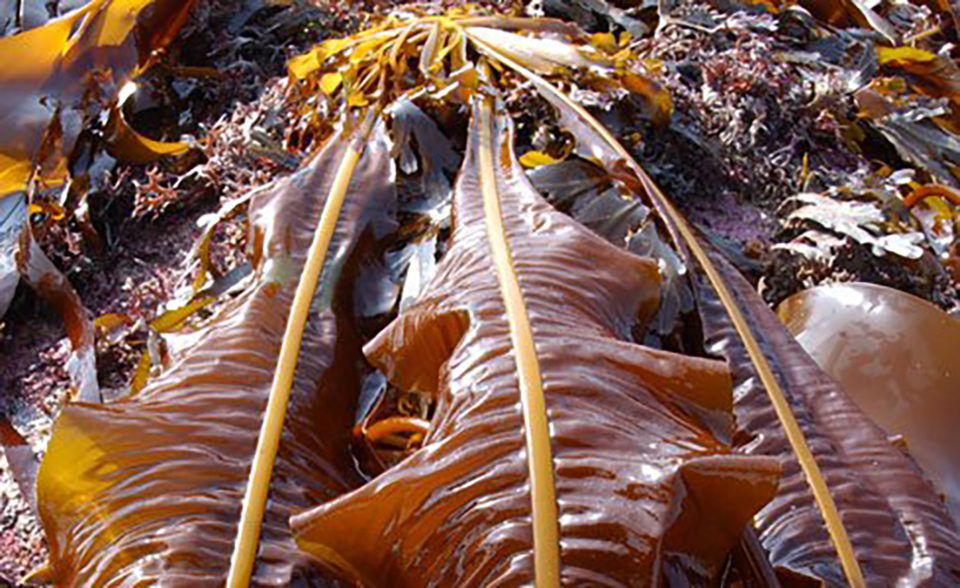
Seaweed can be found in just about anything these days, from cosmetics to California rolls.
Such unusual versatility – not to mention a relatively fast seed-to-harvest cycle – is fueling a global increase in production, perhaps nowhere more than Asia, where the practice of seaweed farming dates back centuries. Today, about 12 million metric tons (MT) of seaweed are grown and harvested annually, with about three-quarters of it from China.
One Faroe Islands company believes the nutritious and fast-growing ocean plants are not only versatile raw materials for environmentally friendly consumer products, but also the oceans’ best defense against climate change. And it can grow virtually anywhere.
Ocean Rainforest hopes the current global awakening to seaweed’s virtually untapped potential will transform the once-underappreciated ocean plant into a massive, worldwide crop fueling industries that are not only sustainable – think food, animal feeds, fuels and packaging – but also profitable.
Olavur Gregersen, managing director of Ocean Rainforest, calls seaweed the “largest unexploited global biomass resource” both because 70 percent of the world’s surface is ocean and because seaweed can grow in much of it. It’s unexploited because while production remains dominated by Asia.
“We have no tradition of cultivating seaweed in Europe or North America or South America,” said Gregersen, who presented at the Global Aquaculture Alliance’s GOAL conference in Guayaquil, Ecuador, in September. “We have a lot of ocean and coastal areas where we could do that, so we can produce a lot of biomass, and that biomass can then be used for what we use it for.”
Seaweed has many current uses, but the company believes seaweed has great potential as biofuel, bio-plastic and as biodegradable packing material. That’s partly because it can be grown quickly – seaweed grows 30 percent faster than land-based plants.
https://www.aquaculturealliance.org/advocate/lean-and-green-whats-not-to-love-about-seaweed/
Ocean Rainforest was founded in 2007 and produced its first commercial seaweed crop in 2014, cultivating on the island of Eysturoy, and processing on the islands of Streymoy.The company will produce about 200 MT of biomass in the next three to four years, which Gregersen will offset 50 MT of the island nation’s carbon emissions.
“Three percentof the wet weight seaweed contains carbon. In order to offset 50 tonnes of carbon, we need to cultivate 1,667 tonnes of seaweed. We anticipate to produce that within three to four years. In 2019 our harvesting plan will offset approximately six tonnes of carbon,” he said.
“If the seaweed is used to replace fossil-based products, then we are neutralizing the carbon emission. If the seaweed is sunk in water deeper than 500 meters, then this seaweed can act as a carbon sink – and thereby seaweed cultivation is carbon negative.”
Gregersen said Ocean Rainforest has sold everything it has produced thus far and “can sell more than we produceat the moment.” The company is funded by grants, investor funding as well as its own, and sales of seaweed.
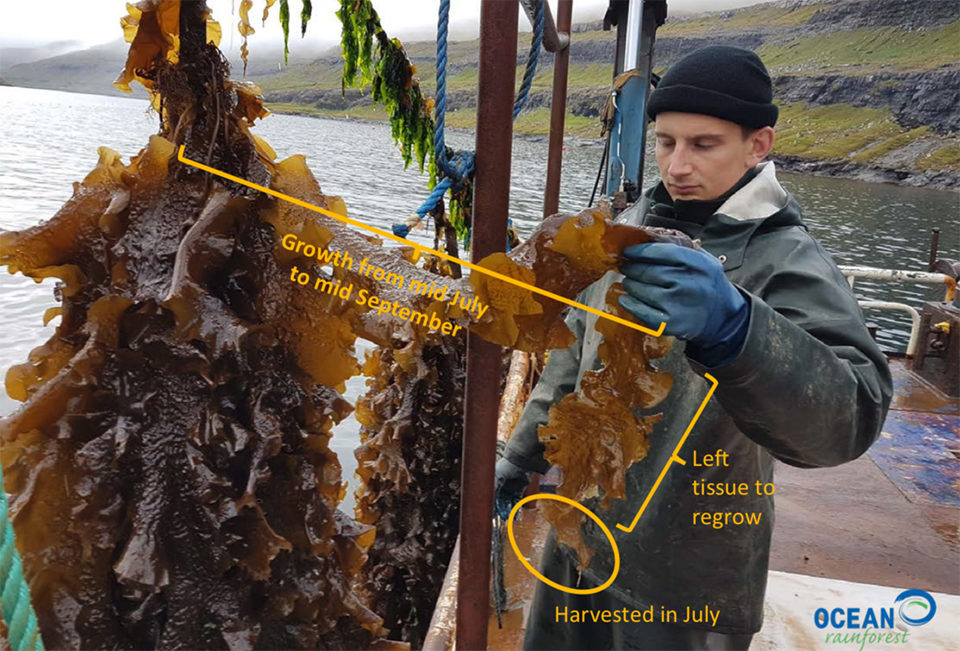
“We are covering all our costs. I hope to get to that point next year that our operation is profitable by our sales alone,” he said.
What’s more important than Ocean Rainforest’s products, however, is the climate change mitigation capabilities that seaweed cultivation offers, he added. The earth’s oceans absorb about a quarter of all carbon dioxide made by human burning of fossil fuels, according to the National Resources Defense Council, which raises the acidity level in water and harms shellfish, corals and other aquatic life. Too much nitrogen and phosphorus can lead to algal blooms.
According to Science Advice Policy from European Academies, if 9 percent of oceans were turned into seaweed farms, they would capture 19 gigatons of carbon dioxide a year, which is about 51 percent of humans’ net emissions per year.
“If there is an aquafarming activity that requires feed, that feed normally contains nitrogen. That nitrogen is not all taken up by fish, and is released into the marine ecosystem,” Gregersen said. “You have free light and carbon – we have too much of that on the planet – and then for nitrogen and phosphorus, there are a lot of places where we have excessive nutrients in agriculture and aquaculture.”
Ocean plants also don’t require feed to grow, and can support shelter and nursery habitat for fish and other ocean animals, which also supports healthy ocean ecosystems.
In five years, Gregersen said Ocean Rainforest will be producing between 3,000 and 5,000 MT of seaweed a year at its Faroe Islands location, and will be involved in seaweed operations around the world, adding that he’s already consulting on a project in California.
“If you call me again in 10 years’ time,” he said, “I really would hope that we would have a biorefinery process up and running and then we will be producing hundreds of thousands of tonnes [of seaweed] if not millions.”
Follow the Advocate on Twitter @GAA_Advocate
Author
-

Jen A. Miller
Jen A. Miller is the author of Running: A Love Story and just ran her second ultramarathon.
Tagged With
Related Posts
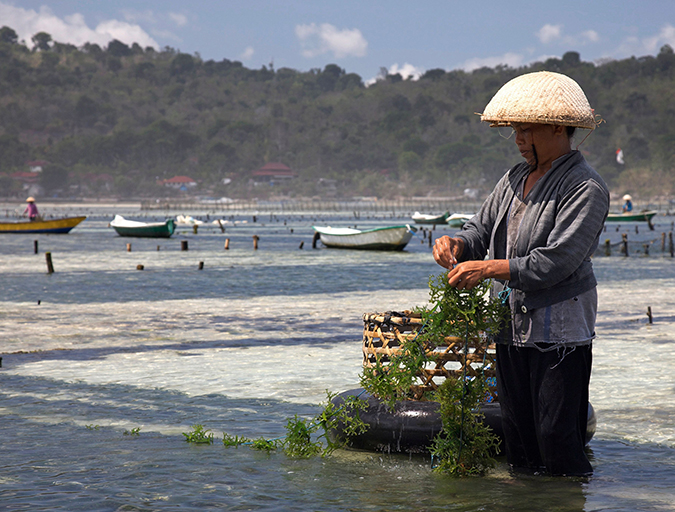
Responsibility
Can sustainable mariculture match agriculture’s output?
Global, sustainable mariculture production, developed on a massive, sustainable scale and using just a small fraction of the world’s oceanic areas, could eventually match the output of land-based agriculture production. Scale and international law considerations require the involvement of many stakeholders, including national governments and international organizations.
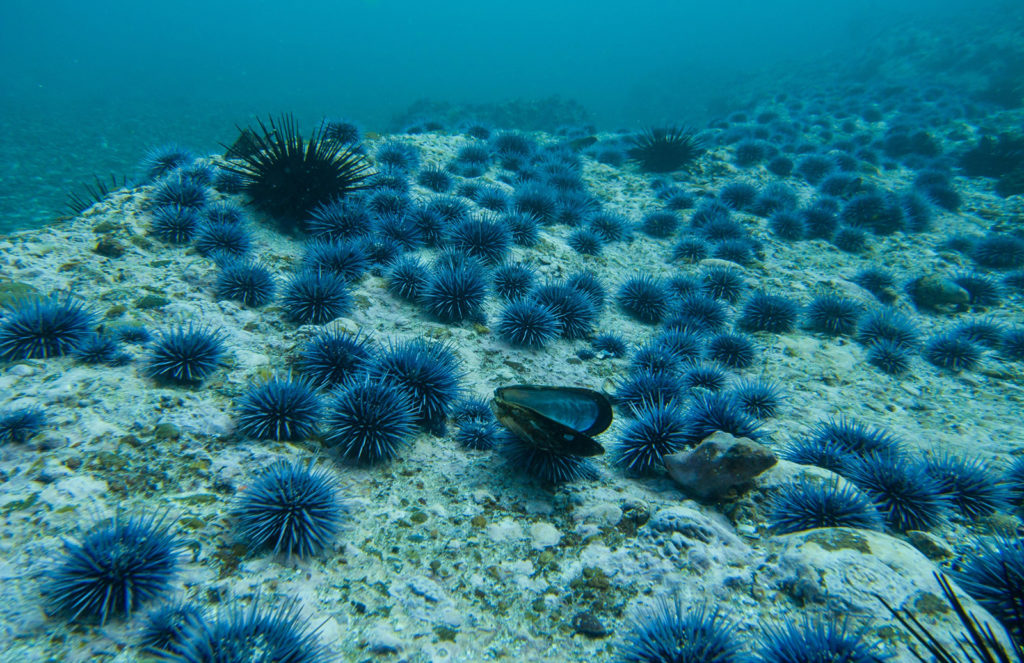
Responsibility
Can ranching ‘zombie urchins’ boost uni, save kelp forests?
With Norwegian knowledge and a partnership with Mitsubishi, Urchinomics aims to turn worthless empty urchins into valuable seafood while restoring kelp forests and creating jobs.
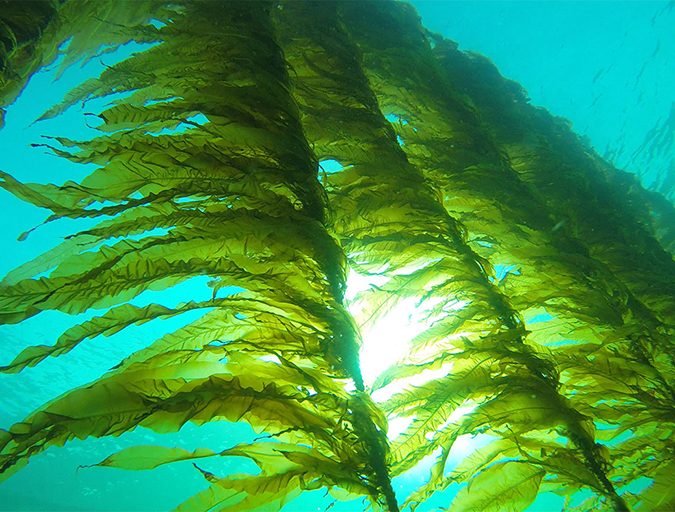
Responsibility
Can aquaculture flourish in a more symbiotic sea?
The 18-month Maribe project has uncovered some promising ideas for promoting growth and jobs within the blue economy. Aquaculture, fingered as one of five key areas for growth, could benefit from collaboration with renewable energies.
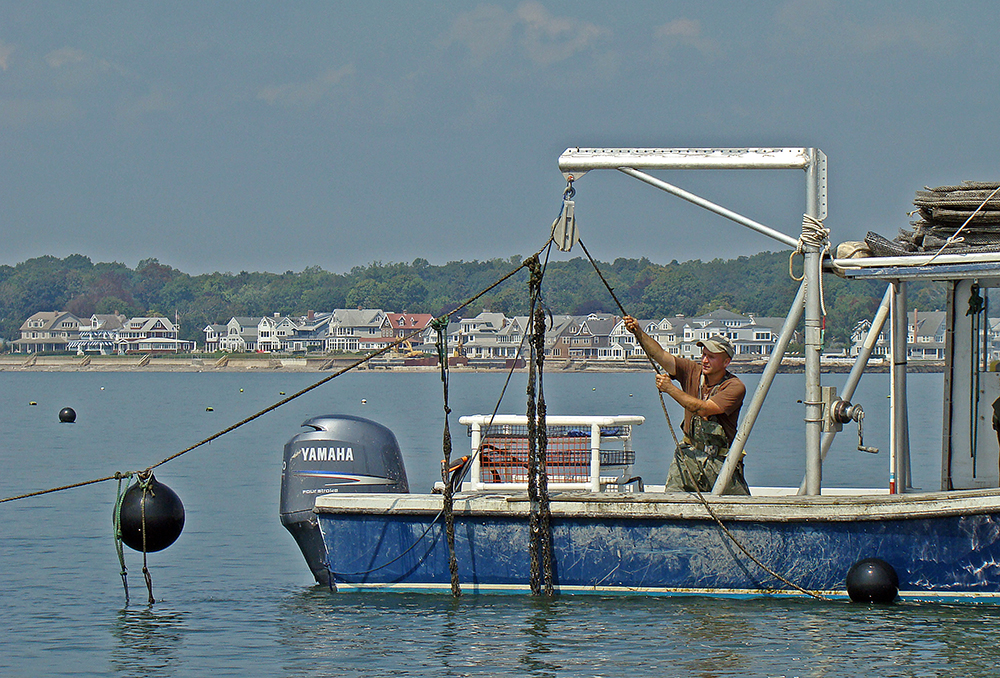
Responsibility
Lease, seed and repeat: GreenWave’s replicable aquaculture
Don’t call it integrated multi-trophic aquaculture: Former commercial fisherman Bren Smith says polyculture of non-fed species is the future of aquaculture.

